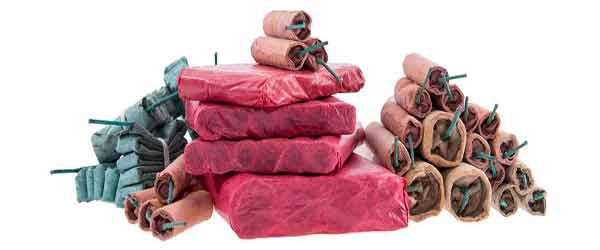
It’s a no brainer to examine costs associated with the goods and materials in your direct supply chain to discover ways to reduce overhead. A more frequently overlooked area, however, is the indirect supply chain — those expenses associated with the ancillary commodities and consumables you have to have to do business.
For example, if you own a construction company, the materials you buy to build projects, large and small, are part of the direct supply chain. But all of your equipment and tools, safety gear, office supplies, and even the time clocks employees use to punch in and out are acquired via the indirect supply chain. These “hidden” costs add up quickly, and that’s not even counting the additional below-the-waterline labor costs to place, receive, stock, and invoice these ongoing purchases.
Strategic procurement is the key to controlling your indirect spend just as robustly as direct spend in your budget and planning processes, whether you’re buying heavy equipment or a box of paperclips.
Here are the most commonly overlooked procurement expenses that could be sabotaging your budget:
1. Cost to Place an Order
Analysis of APQC's Open Standards Benchmarking database demonstrates a wide variation in cost per order between top and bottom performers. While median performers are at $5.94 per order, the cost for bottom performers ($50.70) is almost fifty times greater than top performers ($1.26). In addition, taking advantage of digital/electronic sales channels over “traditional” channels (face-to-face, phone, fax) can reduce cost per order by roughly 30-75%.
With this disparity in per-order cost, strategic procurement strategies—including the classification of spend data, process centralization, order automation, and implementation of e-commerce efficiencies—become even more critical.
2. Cost to Receive and Stock Orders
Just as it takes both time and labor to place each order, indirect supply chain management requires you to receive those orders and stock them. Industry-standard estimates range from an average cost of $5-10 to receive each order to an additional average $1-2 cost per item to stock it. (Note to self: Buy those paperclips in bulk!)
3. Cost to Invoice
A recent study shows the top 35% of small to medium-sized businesses (SMBs), in terms of aggregate performance score, require an average total processing time—from initial receipt until final payment approval—of 5.67 days per invoice with an average processing cost—the labor and fees to process a single invoice from receipt to final approval—of $5.28. The bottom 65% of SMBs, however, require almost three times as much total processing time (16.59 days) at more than double the cost ($11.95).
What does all this add up to? That box of paperclips just got a whole lot more expensive! And remember: All these costs only increase as the number of locations and departments you have multiply, especially those entrenched in silos. The solution? Consolidate and centralize all your purchasing activities: ordering, receiving, stocking, and invoicing. Once you know where to look, it’ll be easy to find cost savings in your indirect supply chain and manage your strategic procurement budget.

About Michael Wilson
Michael Wilson is AFFLINK'S Vice President of Marketing and Communications. He has been with the organization since 2005 and provides strategic leadership for the entire supply chain team. In his free time, Michael enjoys working with the Wounded Warrior Project, fishing, and improving his cooking skills.






